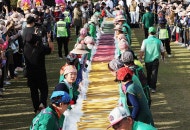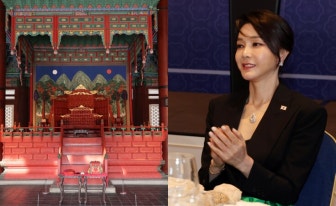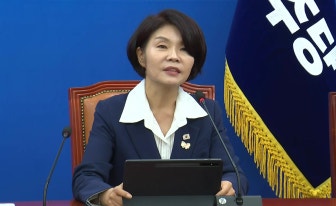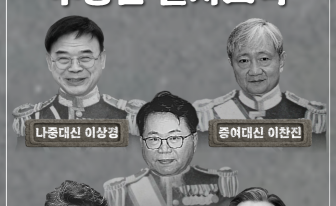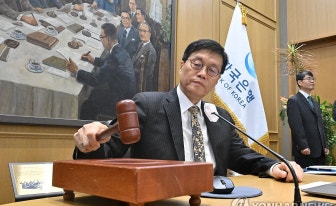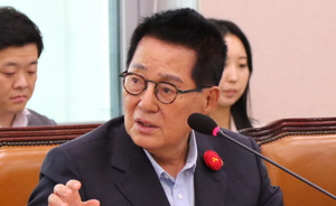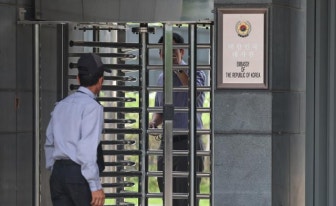Kim Bong-ryeol
The author is an architect and former president of the Korea National University of Arts
Confucius was the most learned scholar of the Spring and Autumn period (770–476 B.C.), yet as a politician he was treated like “a stray dog at a funeral.” It was only 350 years after his death that the Han Dynasty adopted Confucianism as its state ideology and elevated him to the status of a sage. The Tang court posthumously titled him “Prince of Manifest Culture,” and the Song Dynasty raised him further to “Great Sage and Model Teacher.” By the Yuan era, he had ascended to the divine ranks, regarded as an equal to heaven and earth.
In Qufu, the capital of the ancient state of Lu, stand the three sacred Confucian sites known collectively as the “Three Kongs”: the Temple of Confucius (Kongmiao), the Kong Family Mansion (Kongfu) and the Cemetery of Confucius (Konglin). The temple was built on the site of Confucius’ former home. Emperor Wu of Han personally visited in 105 B.C. to offer sacrifices, turning the site into a national shrine. Since then, 12 emperors have performed rituals there in person, while another 100 sent envoys to do so on their behalf.
Despite the rise and fall of countless dynasties, the Temple of Confucius remained China’s supreme sanctuary for 2,000 years. It expanded continuously, growing into the largest surviving complex of its kind, with more than 200 halls and 460 rooms. It took on its current scale around 1500, and major restoration work was carried out in 1739.
The overall layout mirrors that of an imperial palace, arranged in three horizontal rows and 10 vertical courtyards. The central axis stretches 1.3 kilometers (0.8 miles) through nine courtyards. Passing through seven successive gates, visitors reach Kuiwen Pavilion, a three-story building. The first floor once received imperial guests, while the upper floors stored books and treasures. Behind it stand 13 commemorative steles erected by successive emperors.
Beyond the Dacheng Gate lies the Apricot Platform Hall, built in honor of the apricot tree under which Confucius is said to have taught. The main hall, the Dacheng Hall, enshrines his spirit tablet. With a nine-bay facade and two-story structure, it ranks among China’s three great halls, alongside the Hall of Supreme Harmony in Beijing’s Forbidden City and the Heavenly Hall in Mount Tai’s Great Temple. Its carved dragon pillars, double terraces, and yellow roof tiles were architectural privileges once reserved for emperors.
The humble residence of a teacher thus became a grand temple and, ultimately, an imperial palace. Confucius’ philosophy of order and ritual was co-opted to legitimize feudal hierarchy and imperial authority. The man who taught benevolence and propriety was, in death, transformed into an emperor.
This article was originally written in Korean and translated by a bilingual reporter with the help of generative AI tools. It was then edited by a native English-speaking editor. All AI-assisted translations are reviewed and refined by our newsroom.

![Dacheng Hall inside the Temple of Confucius in Qufu, where the spirit tablet of Confucius is enshrined. [WIKIPEDIA]](https://imgnews.pstatic.net/image/640/2025/10/20/0000078458_001_20251020000617759.jpg?type=w860)
















